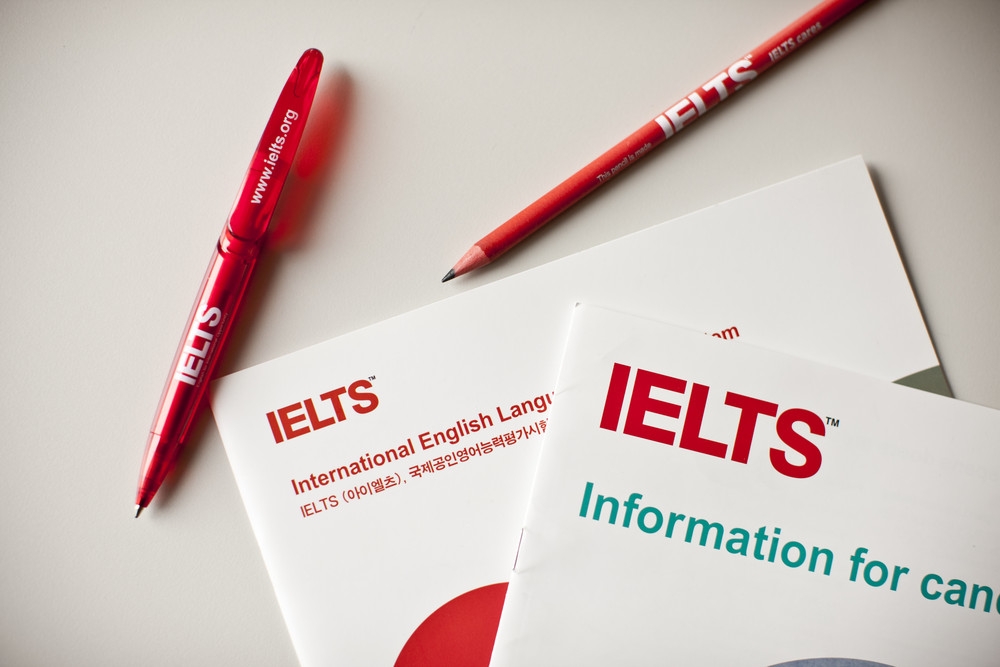Are you considering taking the International English Language Testing System (IELTS) in 2024?
Whether you aim to study, work, or migrate to an English-speaking country, the IELTS is a critical stepping stone for many. Understanding how the band score is calculated is essential to prepare effectively for the exam.
This article will provide you with comprehensive insights into the IELTS band score system as it stands in 2024.

Introduction to IELTS
The IELTS is an internationally recognized test of English proficiency for non-native speakers. It assesses candidates on four core language skills – listening, reading, writing, and speaking. The examination comes in two formats: Academic, for those planning to pursue higher education or professional registration, and General Training, primarily for those looking to migrate to an English-speaking country or for work experience.
IELTS Band Score Scale
IELTS scores are reported on a 9-band scale. This scale ranges from “non-user” (band score 1) to “expert” (band score 9). Each of the four test sections receives a band score, and the average of these scores represents your overall band score.
Band Score Calculation for Each Section
1. Listening and Reading
For the Listening and Reading components, your band score is calculated based on the number of correct answers out of 40 questions. Each correct answer is awarded one mark. In 2024, the calculation of the Listening and Reading scores remains consistent with previous years. The raw scores – the total number of correct responses – are converted to the IELTS 9-band scale. Score conversion tables are used to convert raw scores to band scores, considering slight variations in difficulty across different test versions.
2. Writing
The Writing component consists of two tasks. For the Academic IELTS, it involves describing a graph or diagram and writing an essay. For the General Training, it includes writing a letter and an essay. Each task is assessed independently based on four criteria: Task Achievement (for task 1), Task Response (for task 2), Coherence and Cohesion, Lexical Resource, and Grammatical Range and Accuracy. Each criterion accounts for 25% of the score for each task. Trained examiners use detailed performance descriptors to award a band score for each criterion. The scores from the four criteria are then averaged and rounded to produce the final task band score.
3. Speaking
The Speaking test is a face-to-face interview that consists of three parts. Examiners assess candidates based on four criteria: Fluency and Coherence, Lexical Resource, Grammatical Range and Accuracy, and Pronunciation. Each criterion contributes 25% to the total Speaking band score. Examiners use set performance descriptors to assign a band score for each of these.
Pro tip! Use an IELTS Band calculator to get your IELTS band in Listening and Reading based on your score of 40 questions.
Calculating the Overall Band Score
To calculate your overall IELTS band score in 2024, the average of the band scores for each of the four individual test components is taken. This average is then rounded to the nearest whole or half band. For instance, if the sum of your scores in the four components is 25, your average score is 6.25. This would be rounded up to the nearest half band, giving you an overall band score of 6.5.
IELTS Band Score for Immigration and University Admissions
It is essential to remember that different institutions and countries may have their own minimum IELTS score requirements. Generally, universities require a band score of 6.0 or 6.5 for admission, while some might demand as high as 7.0. For immigration purposes, specific band score requirements vary per country and can also change depending on the visa type.
Conclusion
As you prepare to take the IELTS in 2024, understanding how the band score is calculated allows you to focus on areas that may need more attention. It’s important to note that consistency across the four sections is key to achieving a high overall band score. Preparation materials and practice tests can assist in familiarizing yourself with the test format and scoring criteria. With a clear grasp of the scoring system and rigorous preparation, you can approach the IELTS confidently, aiming for the band score that will help you reach your goals.
















